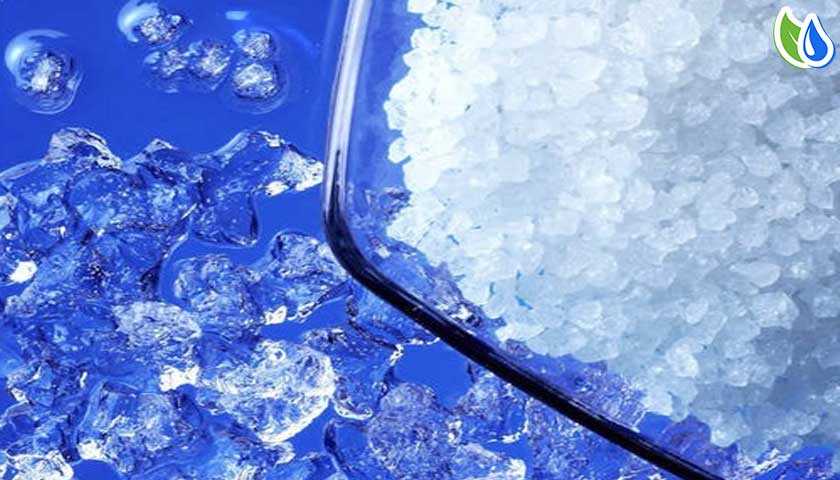
SAP or Superabsorbent polymers is a material which can absorb up to 300 times their weight in aqueous fluids. Once absorbed, they do not subsequently release it. They are therefore an ideal material for use in products which are designed to contain fluids such as baby diapers/nappies, incontinence products, and feminine hygiene pads and liners.
The benefits of superabsorbent polymers
✓ They help keep the skin dry. This is done by drawing the liquid away from the skin and absorbing and retaining it in the core of the product. This creates greater comfort for the user.
✓ They help protect against skin irritation in diaper users by reducing skin wetness. If skin becomes too wet it is more vulnerable to irritation because the natural balance of the skin, which helps protect against harmful bacteria, can be compromised. This is especially so in the presence of faeces and associated enzymes.
✓ They help prevent the spread of infections. The containment of fluid in the superabsorbent core reduces leakage. It also reduces the risk of urine mixing with faecal material and becoming contaminated with microorganisms which can cause the spread of diseases such as diarrhoea and gastroenteritis.
✓ They offer improved quality of life and personal dignity. Many people suffer from a lack of bladder or bowel control as a result of illness, disability or age. Disposable products with superabsorbents help many of these individuals and their care-givers maintain a quality of life with greater mobility and independence.
|
Industry |
Application |
| Foundries, Asphalt Plants, Cement Plants |
Air/water scrubbers, settling ponds |
| Food Processing, Vegetable Canning, Sugar Cane Processing, Fruit Preparation |
Flotation and Settling Tanks, Clarification, Wash Water Systems, Biological Treatment Systems. |
| Metal Plating or Finishing |
Treatment for Heavy Metals Removal, Copper, Zinc, Iron, Nickel, Cadmium, Chromium Removal, etc., and Oil Recovery. |
| Sand & Gravel Plants, Coal Preparation, Limestone Quarries, Iron Ore, etc.. |
Mineral Washing and Water Recycling Operations, Dewatering |
| Primary Metal | Oil Recovery, Influent Clarification, Scrubber Systems, Thickening, Biological Treatment Systems. |
| Paper | Biological treatment, Influent Clarification, Dewatering. |
| Other Industrial Operations, such as Glass Plants, Chemical Plants, Refineries, etc. |
Water Recycling, Oil/water Separators, etc. |
| Municipal Potable Water Plants | Drinking Water Clarification, Filtration |
| Thickening, Centrifugation or Flotation |
Sludge Dewatering |
| Problem: | Polymer usage benefit / application |
| Adhesives | Replacement of animal glues Gummed paper tapes and labels |
| Aluminum anodization and surface treatment |
Chemical treatment of effluent Sludge treatment |
| Aluminum smelters | Water recycling |
| Aluminum sulfate | Impurity removal during process |
| Asbestos plate | Improvement of filtration rates |
| Borax production | Process |
| Brewing industry | Effluent |
| Brine clarification | Ca and Mg removal |
| Ceramic industry | Effluent treatment Centrifugation aid |
| Chemical industry effluent | Organic chemicals and inorganics Biological treatment sludge handling Physio-chemical treatment |
| Clay and china clay production | Water recycling Concentration |
| Coagulant | Under certain circumstances polymers Replace/partially replace inorganic coagulants |
| Coagulant aid | i.e. flocculant reduction of 50% of alum |
| Coal washeries | Settling of coal slurries Settling of tailings Filtration of coal Filtration of concentrated tailings Centrifugation of tailings |
| Cyanidation | Gold mining |
| Dairy and milk industry | Biological treatment of effluent Sludge handling |
| Dicalcium phosphate | Wet process |
| Dredging and land reclamation | Hopper dredges (slit settling) Soil stabilization |
| Electroplating industry | Treatment of hydroxides |
| Drying beds | Reduction of drying time |
| Filter aid | Sludge conditioning prior to filtration |
| Floatation aid | Improvement of particle size prior to flotation |
| Food processing industry | |
| Hydraulic back-fill | In mining operations |
| Industrial raw water treatment | As a coagulant aid during treatment of river or underground water Dewatering of settled sludge |
| Iron ore | Filtration of fines Settling |
| Iron and steel industry | Steel works blast furnace gas washing Clarification in steel rolling mills Clarification of pickling water |
| Latex and synthetic rubber effluent treatment |
Effluent treatment |
| Leaching | Uranium mining Copper mining Other mineral processing |
| Lithophone | Process |
| Magnesia from sea water | Sedimentation of magnesium hydroxide |
| Meat processing | Waste water treatment |
| Motor industry | Waste water treatment |
| Municipal sewage | Primary sludge treatment Digested sludge treatment Drying beds Sleeve belt presses Physio-chemical treatment Phosphate removal |
| Oil production | Treatment of drilling water Drilling Muds Secondary oil recovery |
| Petroleum refineries | Effluent treatment |
| Pharmaceutical industry | Effluent treatment |
| Phosphate ore | Water recycling |
| Phosphate removal | In municipal effluent |
| Phosphoric acid wet process | Acid clarification Filtration rate Reduction of P2O5 losses in gypsum |
| Potato industry | Effluent treatment |
| Potable water | Improvement of process efficiency Treatment of hydroxide sludge Reduction of alum consumption |
| Potash mining | Impurity removal in salt cold and hot processes |
| Pulp and paper | Treatment of incoming water Filler fiber retention aid Drainage aid Flotation aid on save-all Effluent treatment |
| Sand and gravel | Water recycling Clay removal |
| Settling aid | Improvement of settling rates through use of flocculant Design of compact units |
| Sugar processing | Cane or beet sugar clarification Water recycling in beet sugar industry |
| Tailing disposal | In mining for environmental purposes or water economy |
| Tannery | Effluent treatment |
| Textile industry | Effluent treatment |
| Titanium dioxide manufacturing | Clarification of “black liquors” Processing of titanium dioxide slurries |
| Zinc electrolysis | Acid leach Natural leach |
The majority are made of sodium polyacrylate and available in granular form or as fibers. The granular material is a polymer made up of millions of identical units of sodium acrylate formed into a chain-fence like structure. These are then linked together to make the material into a three-dimensional network. In their dry state the long polymer chains are coiled. When they absorb liquid, they uncoil, and the network expands. The liquid is then stored in the spaces in the molecular network and the material forms a gel which locks the liquid in.
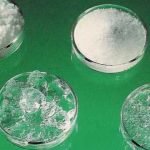
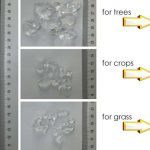

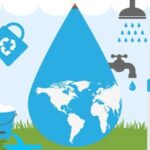
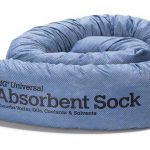
How to use Aqua Sorb
AQUASORB can be used for root dipping in order to prevent the desiccation of the roots of seedlings during transplanting or transport over a long distance. The dressing is prepared as follows: Mix 1 kg of AQUASORB in 150-200 liters of water. Amounts vary depending on the salinity of the water.